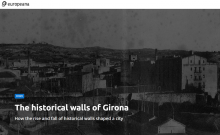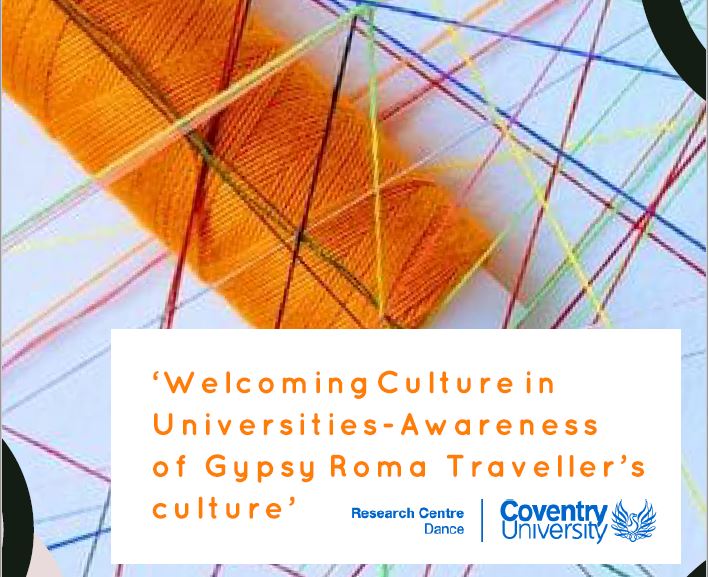 The Gypsy Roma Traveller in Higher Education- Influencing Policy is a research project concluded the 31st March 2020 and funded by QR Strategic Priorities Fund 2019-20 and Coventry University Centre for Dance Research.
The Gypsy Roma Traveller in Higher Education- Influencing Policy is a research project concluded the 31st March 2020 and funded by QR Strategic Priorities Fund 2019-20 and Coventry University Centre for Dance Research.
Focus of the project was to concern policy makers about the barriers faced by GRT in accessing Higher Education and collect new evidence for influencing political outputs.
The research brought together GRT and non-GRT academics and artists in partnership with policymakers, for better understand local, regional or national challenges.
The main activities included in the project consisted of a one-day symposium and two art exhibitions which allowed the research team to draw upon its institutional expertise given the networks which already exist, for example working with NGOs, other UK universities and collaboration with local academics and artists.
The initial exhibition was Ex Libris, a visual collection created by British Gypsy artist Daniel Baker and played with the tension that exists at the university. The second exhibition, Generations was curated by Rosa Cisneros from Coventry University’s Centre for Dance Research and brought together local photographer Antony Weir and the Roma Project charity.
The exhibitions include films, images and cultural heritage artefacts from the GRT community members involved in the project and also feed into thinking around how to make universities more culturally welcoming to marginalised communities.
Careful consideration was placed on the visualisations that are associated with the GRT community. Special attention and care went into the two social media campaigns that were linked to the project. The #GRT #PrideInArt PI produced material that serves as a counternarrative to the erroneous images that often circulate social media and mainstream channels. Three films were created, and one aligned with the international Women’s Day Campaign #EachforEqual. The films and project were picked up the BBC- Coventry, Coventry.
The findings feed directly into a follow up to the GRT in HE report drafted with Baroness Whitaker from Westminster in November 2019 and led by Professor Margaret Greenfields from Buckinghamshire New University (BUCKS).
Links to the films:
•GRT in HE Film- Highlights film from the Feb 27th workshop held at Coventry University: https://www.youtube.com/watch?v=FvpTuA151WU&t=9s
•#EachforEqual campaign film link: https://www.youtube.com/watch?v=pegMEihVMRc
•Generations film link: https://www.youtube.com/watch?v=rBaSUWGTOx0&t=2s
Read the full report here.
Login Status
-
Free text
UPCOMING EVENTS:
 IN SITU Final Conference, Valmiera, Latvia, from 11-13 May 2026
IN SITU Final Conference, Valmiera, Latvia, from 11-13 May 2026The IN SITU project celebrates its Final Conference in Valmiera (Latvia) from 11 to 13 May 2026. Extended deadline: The deadline for the Call for Papers for the Special Issue Proposal in the International Journal of Cultural Policy has been … Continue reading →
 Copenhagen and online, 25-26 November 2025
Copenhagen and online, 25-26 November 2025On 25 and 26 November, it will be possible to follow SEMIC 2025 remotely and be part of the European Commission’s flagship event on semantic interoperability and digital government, organised in partnership with the Danish Presidency of the Council of … Continue reading →


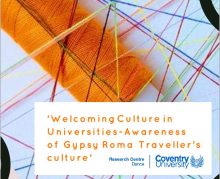


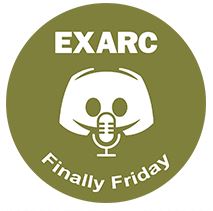
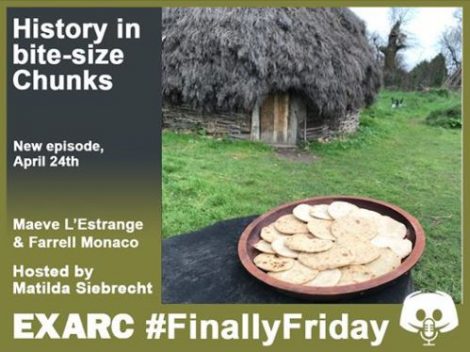 The title was: History in bite-size Chunks.
The title was: History in bite-size Chunks.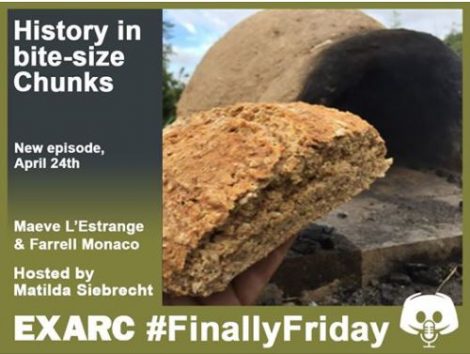
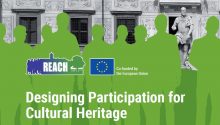
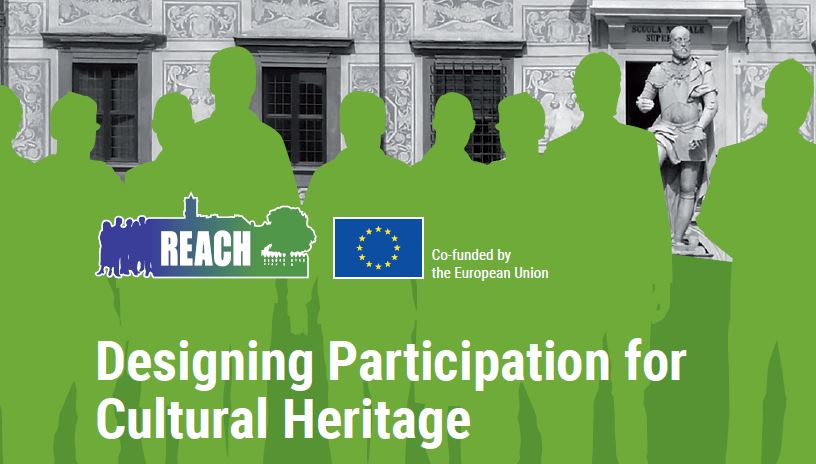 In light of the interest received by the initiative,the REACH Consortium have decided to keep the call open until the end of the year.
In light of the interest received by the initiative,the REACH Consortium have decided to keep the call open until the end of the year.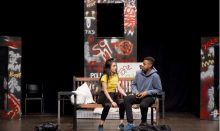
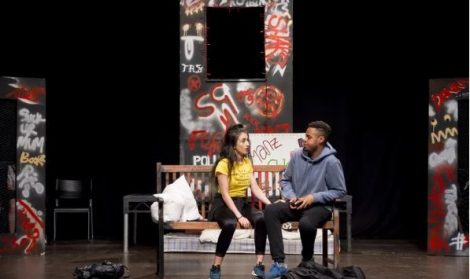 The 30th
The 30th 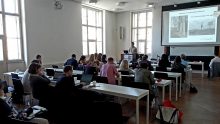
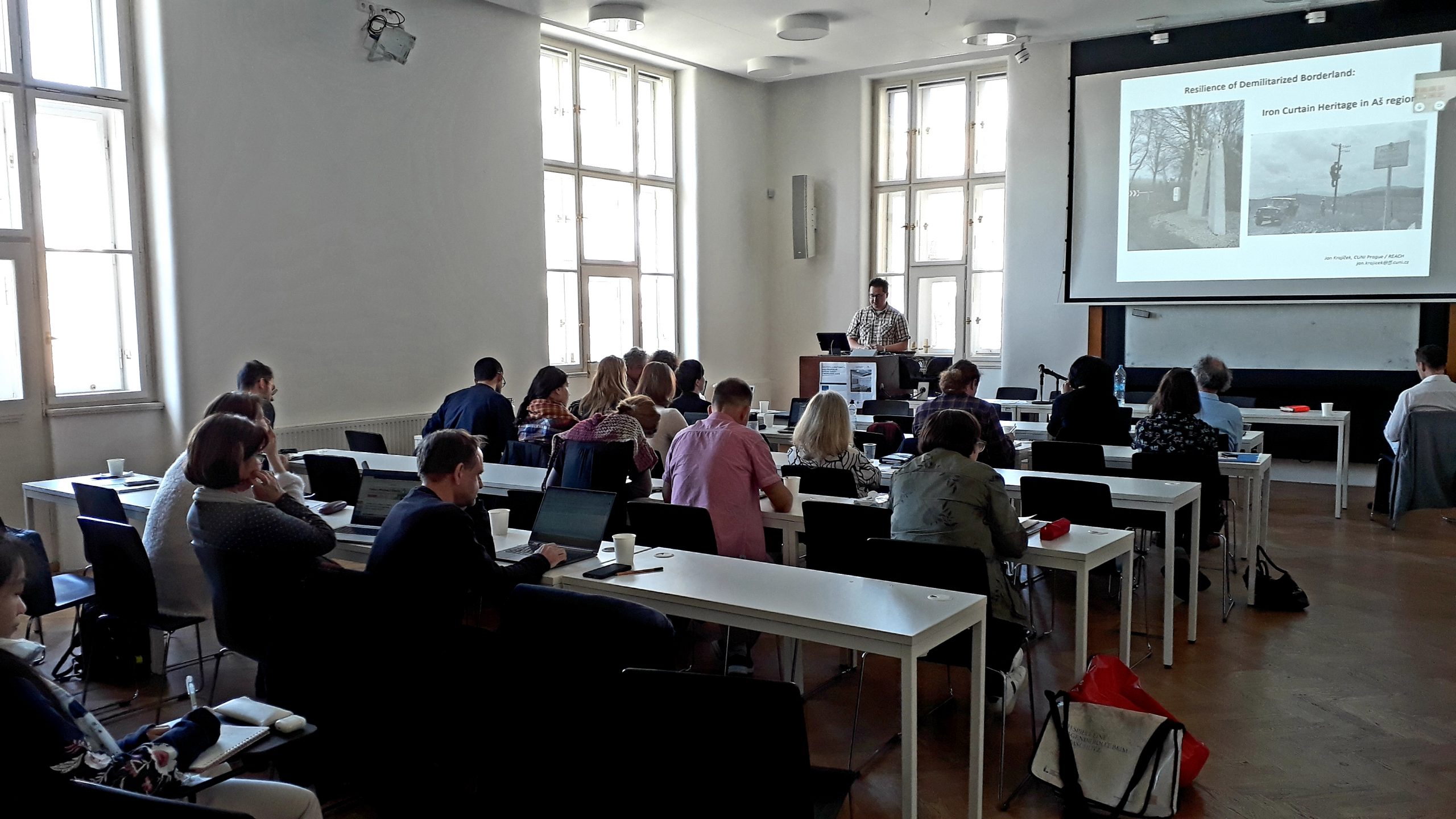 The Resilience for Cultural Heritage workshop, organised and hosted by Charles University, took place in Prague on 5 and 6 March 2020. One of the objectives of the REACH project has been to test the concept of resilient cultural heritage through its four pilot and programme of themed workshops. In addition to continuing the project’s participatory theme, this workshop considered the different interpretations of resilience within the fields of cultural and heritage, involving a series of varied and fascinating presentations and vibrant debate.
The Resilience for Cultural Heritage workshop, organised and hosted by Charles University, took place in Prague on 5 and 6 March 2020. One of the objectives of the REACH project has been to test the concept of resilient cultural heritage through its four pilot and programme of themed workshops. In addition to continuing the project’s participatory theme, this workshop considered the different interpretations of resilience within the fields of cultural and heritage, involving a series of varied and fascinating presentations and vibrant debate.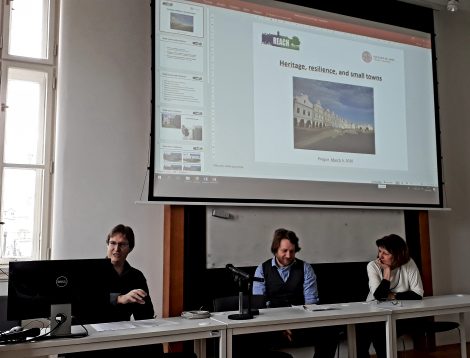
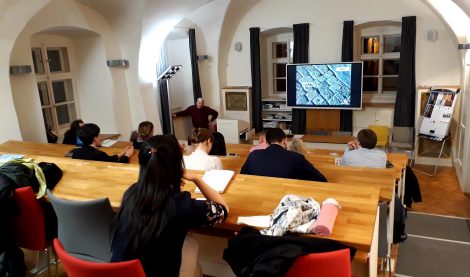 The final session of the day examined resilience within the scope of institutions and heritage. Richard Biegel stepped in to describe the progression of the Charles University’s ‘Art History Department – University´s Cultural Heritage’, illustrating that institutions would have had to have been resilient to operate, in spite of multiple socio-political regime changes, during the 20th Century. Eva Špačková provide insight into the ‘University Museum as a source for creative interactions in arts, science and technology (case of Iowa University Museum)’ and asked whether European universities could also display more works of art. Finally, keynote speaker Thorsten Ludwig, managing director of Interpret Europe, concluded the day with a presentation on ‘Engaging citizens with Europe’s cultural heritage‘ with special emphasis on UNESCO’s values and learning principles’ that led to an interesting discussion about the values and messages that heritage sites can share and the best ways that narratives can be framed.
The final session of the day examined resilience within the scope of institutions and heritage. Richard Biegel stepped in to describe the progression of the Charles University’s ‘Art History Department – University´s Cultural Heritage’, illustrating that institutions would have had to have been resilient to operate, in spite of multiple socio-political regime changes, during the 20th Century. Eva Špačková provide insight into the ‘University Museum as a source for creative interactions in arts, science and technology (case of Iowa University Museum)’ and asked whether European universities could also display more works of art. Finally, keynote speaker Thorsten Ludwig, managing director of Interpret Europe, concluded the day with a presentation on ‘Engaging citizens with Europe’s cultural heritage‘ with special emphasis on UNESCO’s values and learning principles’ that led to an interesting discussion about the values and messages that heritage sites can share and the best ways that narratives can be framed.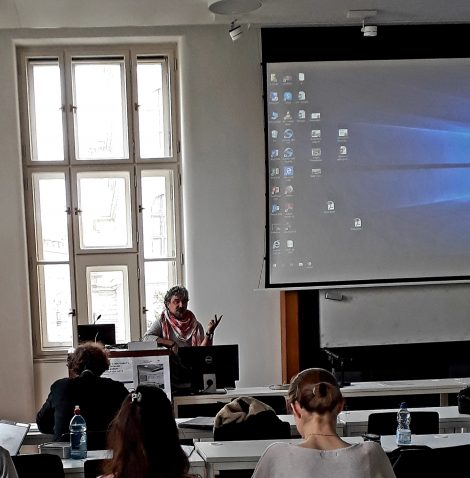 For the Rural heritage pilot, José-Maria Civantos discussed that, in the face of global change (political, social and economic), resilience has been the understanding and adaptation of traditional community methods of preservation and management to maintain systems and crops, achieved by giving farmers a stronger platform and way to be heard.
For the Rural heritage pilot, José-Maria Civantos discussed that, in the face of global change (political, social and economic), resilience has been the understanding and adaptation of traditional community methods of preservation and management to maintain systems and crops, achieved by giving farmers a stronger platform and way to be heard. 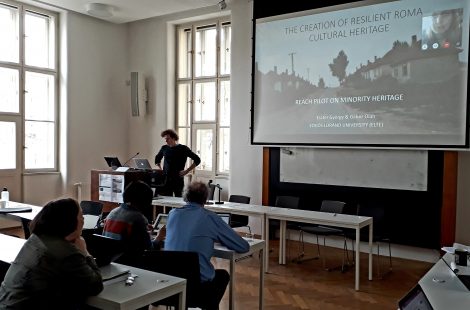
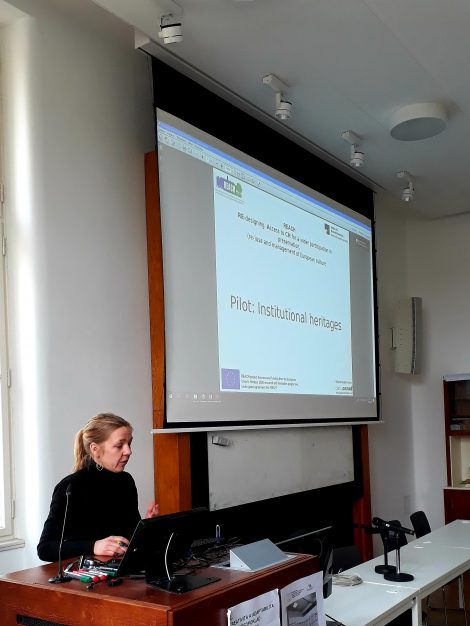 Finally, Frederike Berlekamp discussed the Institutional heritage pilot, which had involved work with three diverse museums. At a time when museums are literally redefining themselves, considering who their audiences are and their expectations, museums are developing new partnership, methods, layouts and more interactive personalised services.
Finally, Frederike Berlekamp discussed the Institutional heritage pilot, which had involved work with three diverse museums. At a time when museums are literally redefining themselves, considering who their audiences are and their expectations, museums are developing new partnership, methods, layouts and more interactive personalised services.
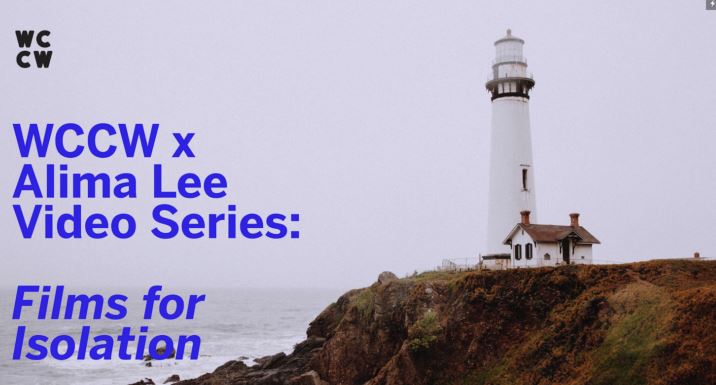 The Filmmaker Alima Lee offers a series of short films to rediscover the meaning of belonging and home in this moment of profound isolation.
The Filmmaker Alima Lee offers a series of short films to rediscover the meaning of belonging and home in this moment of profound isolation.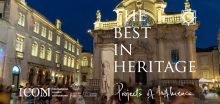
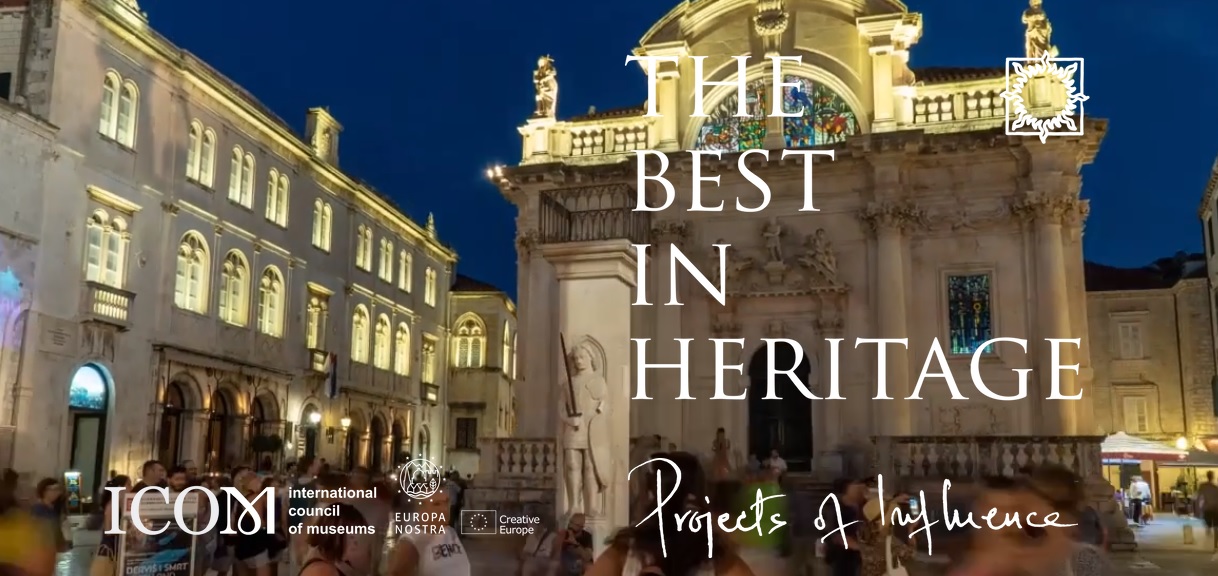
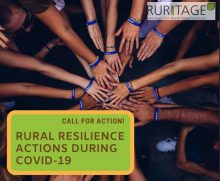
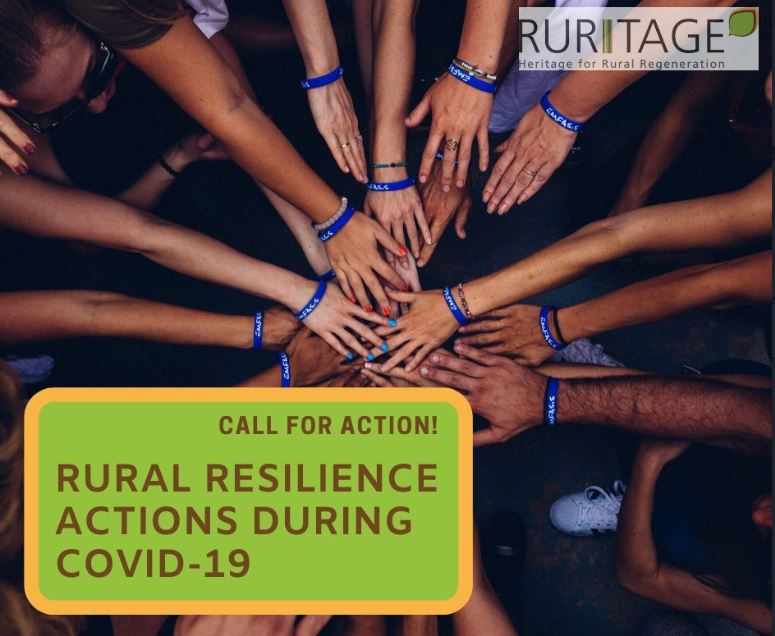 The RURITAGE project invites you to share innovative actions in the midst of the global pandemic crisis to increase and strengthen resilience in rural communities.
The RURITAGE project invites you to share innovative actions in the midst of the global pandemic crisis to increase and strengthen resilience in rural communities.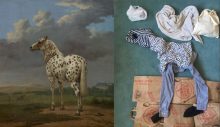
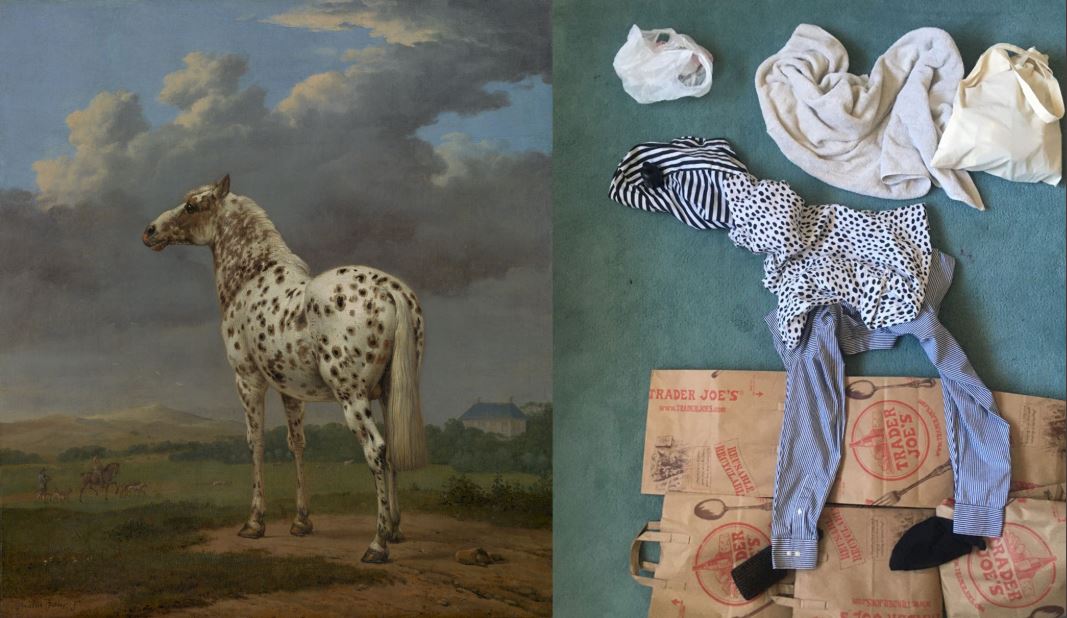 People are not custom to live isolated and confined at home. The forced reclusion due to the Covid-19 pandemic leads to disorientation and discouragement. In this scenario it is thus even more important than ever to spread the value of culture and bring people together through art.
People are not custom to live isolated and confined at home. The forced reclusion due to the Covid-19 pandemic leads to disorientation and discouragement. In this scenario it is thus even more important than ever to spread the value of culture and bring people together through art.

























